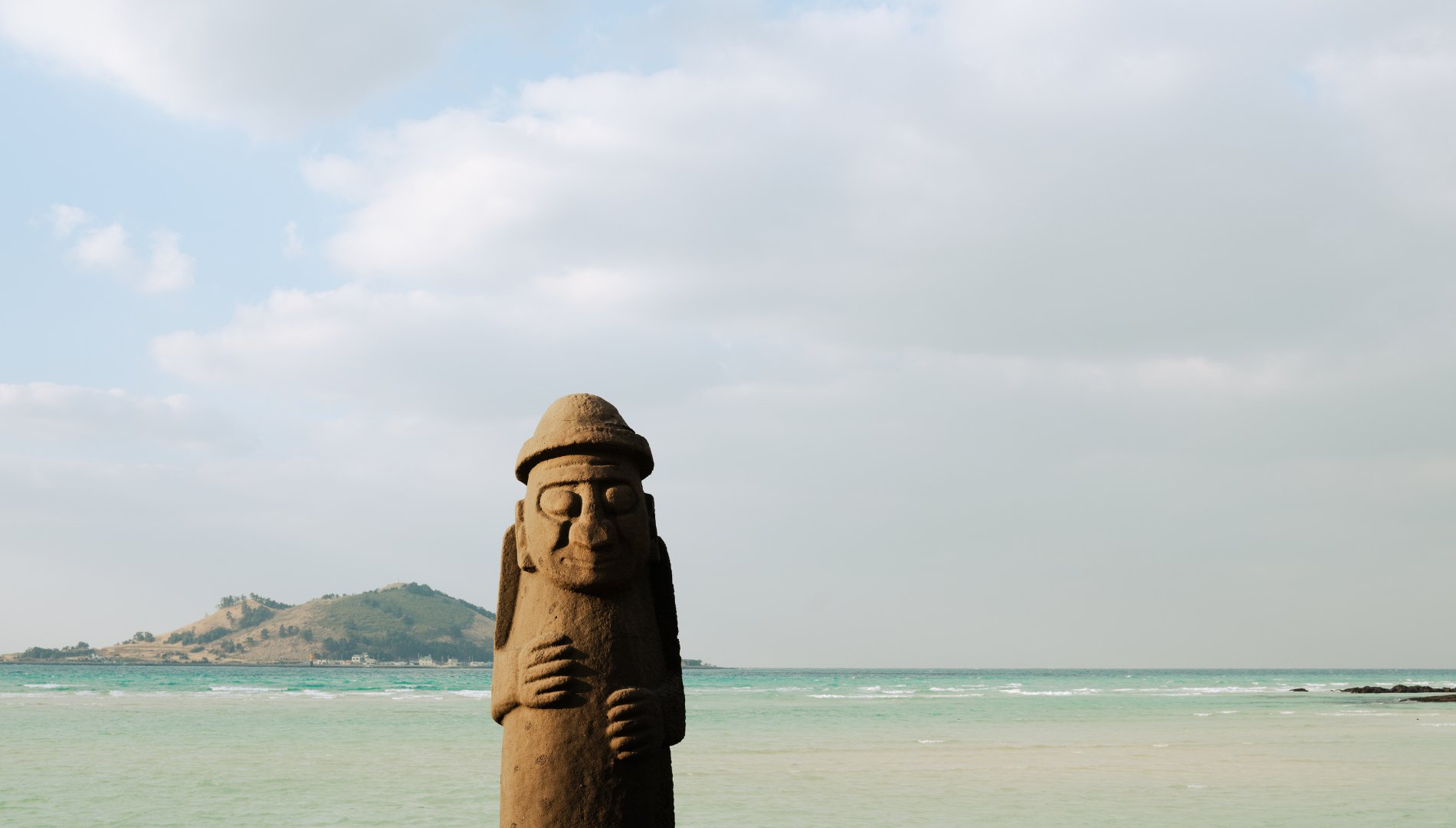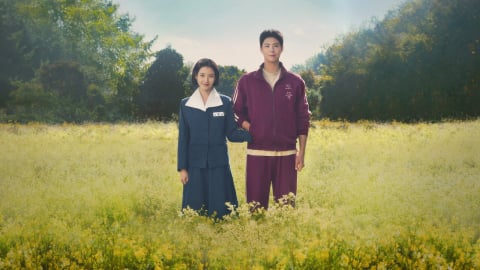The Korean drama "When Life Gives You Tangerines", starring two famous stars IU (as Oh Ae Sun) and Park Bo Gum (as Yang Gwan Sik), has created a strong wave in the hearts of audiences, not only in Korea but also spreading to many countries around the world. The film conquered viewers with its profound humanistic story, the picturesque, emotional setting of Jeju Island, and the profound acting of the talented cast.
"When Life Gives You Tangerines" is not only a simple entertainment film, but also a work of art with deep humanistic values. The film realistically depicts the lives of working people on Jeju Island in the 1950s, with difficulties and hardships but also full of humanity and hope.
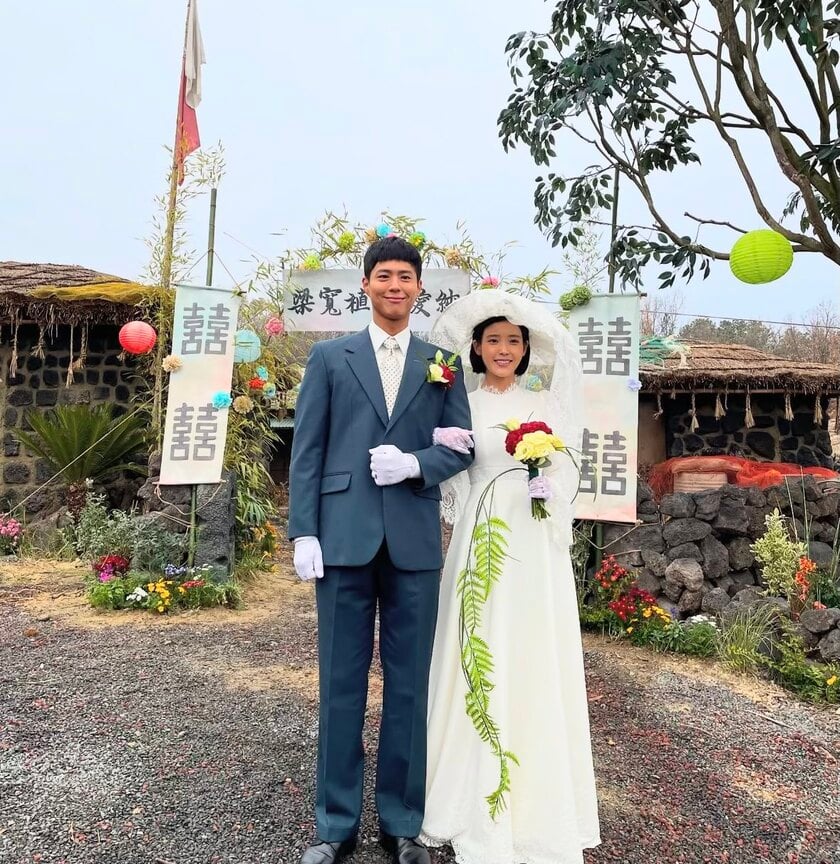
"When life gives you tangerines" contributes to promoting Jeju's cultural features to international friends
In addition to its engaging content, the film also contributes to promoting the beauty of Jeju Island, a beautiful island with majestic natural landscapes and unique cultural features. Famous tourist destinations on Jeju Island, such as blue beaches, extinct volcanoes, and peaceful fishing villages, have been vividly recreated on screen, making viewers admire the beauty of this island.
Recently, a scene in the movie revealing the story of two Dolhareubang stone statues, sacred symbols of Jeju Island, has become famous on social networks.
The sacred guardian deity of Jeju Island
There is a particularly impressive scene in the film, where the character Ae Sun (played by IU) in a fit of emotion hits the Dolhareubang stone statue - a famous and sacred cultural symbol of Jeju Island, and is then harshly scolded by her mother-in-law. This scene is not just a plot point, but also a clear demonstration of generational differences and cultural conflicts, especially in the context of Korean society in the 1960s.

For Jeju people, especially the older generation like Ae Sun's mother-in-law, Dolhareubang stone statues are not only decorations but also the embodiment of ancestors.
Dolhareubang stone statues, also known as “Grandfathers” in the local dialect, are not only a unique piece of folk art, but also a symbol of protection, prosperity and spiritual power in the culture of the Jeju people. These statues, which depict men with fierce faces, wearing mushroom hats and holding sticks, are often placed in front of village gates, temples or houses, in the belief that they can ward off evil spirits and protect the family from bad things.
For Jeju people, especially the older generation like Ae Sun’s mother-in-law, the Dolhareubang is not just a regular decoration, but also a representation of ancestors, a deep connection to the past and traditions of the island. Ae Sun’s act of hitting the Grandfather statue in a moment of loss of control could be considered a serious offense to the spiritual values that her mother-in-law cherished so much.
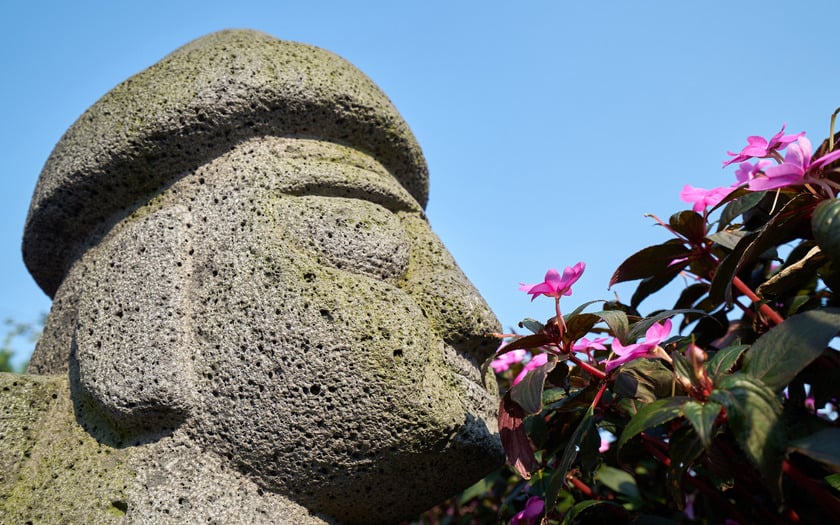
The Grandfather Stone Statue is not only a work of folk art but also a symbol of protection, prosperity, and spiritual power in local culture.
In the context of the film, which takes place on Jeju Island in the 1960s, Korean society is still deeply influenced by Confucianism, where respect for ancestors and tradition is paramount. The mother-in-law, as the elder in the family, may see Ae Sun's actions as disrespectful not only to the family, but also to the Jeju community.

These statues are often placed in front of village gates or houses to ward off evil spirits.
This scene not only depicts the conflict between two generations, but also reflects the difference in cultural and religious concepts. While Ae Sun, a young person, may not fully understand the profound meaning of the Dolhareubang stone statue, her mother-in-law, an older person, considers it an indispensable part of her life and culture.
The mysterious Dolhareubang stone statue is closely associated with the consciousness of the islanders.
Jeju Island, the emerald island of Korea, is not only famous for its majestic natural beauty but also a unique cultural treasure. The island's special geological formation, created by volcanic eruptions lasting millions of years, has endowed Jeju with a rich source of volcanic rock. This type of rock is not only the raw material for building strangely shaped stone statues, but is also closely associated with the daily life of Jeju people.


From traditional houses built with volcanic rocks, stone walls surrounding villages, to stone markers marking boundaries, volcanic rocks are present everywhere on Jeju Island. The total length of Jeju rocks is estimated to be about 36 million km, an impressive number equivalent to the length of one circle around the Earth. It is this type of rock that creates the unique and distinctive beauty of Jeju, and at the same time gives rise to mysterious legends, the most prominent of which is the legend of the two stone statues "Grandfather - Grandmother" (Dolhareubang), sacred symbols and "guardians" of the island.
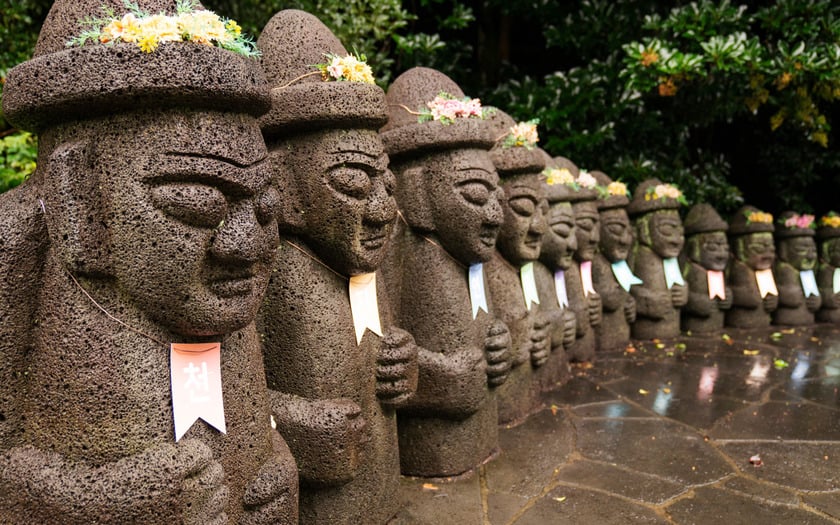
Dolhareubang has long transcended the meaning of an inanimate object to become an inseparable part of the spiritual life of Jeju residents.

The distance between the two statues became a natural boundary, regulating the maximum size of vehicles allowed to pass on the village road.
When arriving in Jeju, visitors will easily encounter stone statues of "Grandfather - Grandmother" with characteristic shapes, scattered everywhere, from tourist attractions, on the streets to in front of the gates of each house in traditional villages. The islanders say that their ancestors are "Grandmothers", and the "Grandmother" statues placed at the village gates not only protect the village from evil, but are also used as milestones to mark the distance on the road.
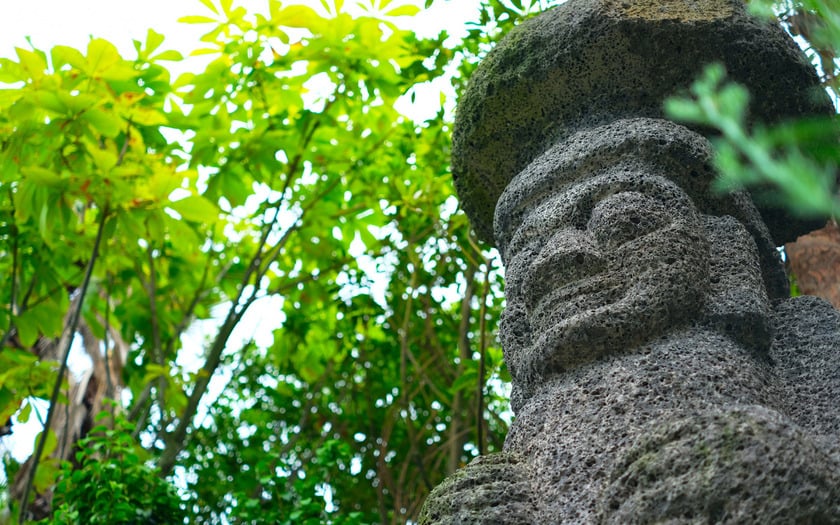
Dolhareubang, which means "stone old man" in the Jeju dialect, appeared around the 18th century, during the Joseon Dynasty.
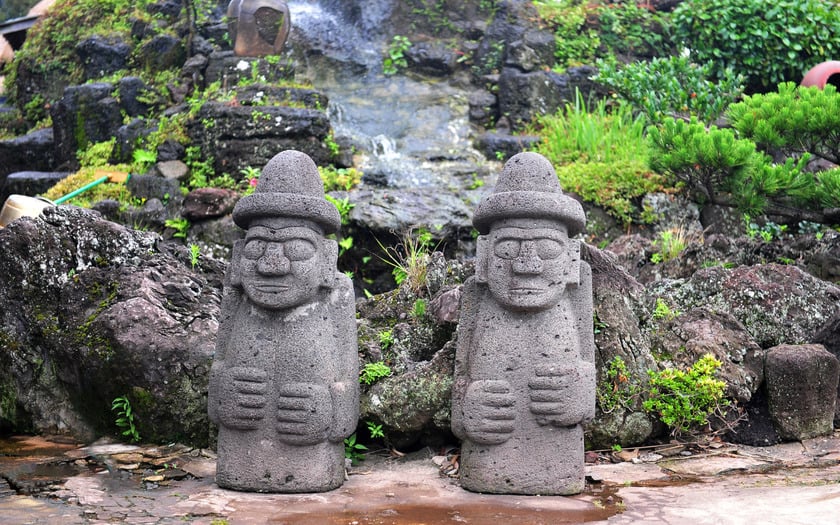
The statues are not only "village guardians" but also become familiar landmarks, helping Jeju people measure distances on the roads.
Later, to prevent large trucks from entering the village, the Jeju people carved an additional "Grandfather" statue and placed it opposite the "Grandmother" at the village gate. The distance between the two statues became the limit for vehicles to travel on the village roads. Whether on sunny or stormy days, the two stone statues of "Grandfather - Grandmother" act as loyal guards, protecting the island from strange things.

For the people of Jeju, an isolated island in the middle of the ocean, where nature is harsh with storms and volcanoes, believing in supernatural forces is a way for them to find peace and tranquility.
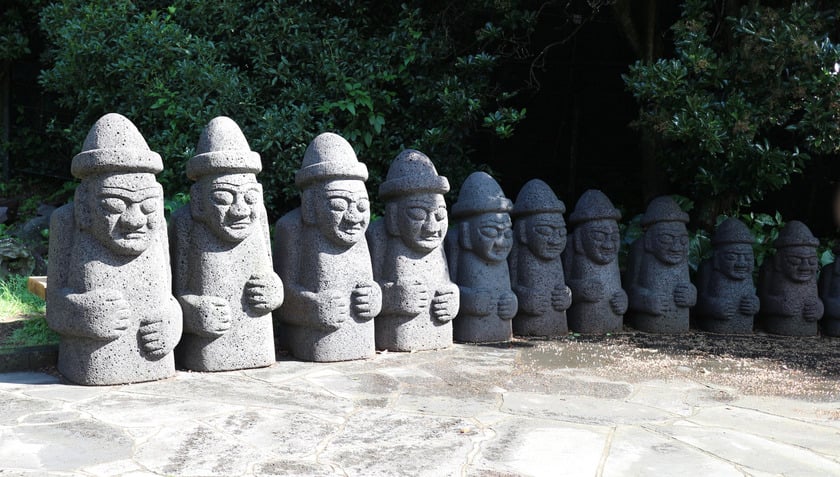
Dolhareubang, with its stern yet friendly appearance, becomes a symbol of protection, like a gentle grandfather in the family.
Over time, the two stone statues "Grandfather - Grandmother" were also given the meaning of fertility, with the wish to develop the population on the island with many difficulties. Jeju people believe that if they want to have a son, they will put their hand on "Grandfather's" nose, and if they want to have a daughter, they will put their hand on "Grandmother's" nose.
Nowadays, when coming to Jeju, many tourists do not forget to put their hands on the noses of the two stone statues "Grandfather - Grandmother" as a way to pray for luck in having children, and at the same time show respect for the unique cultural symbols of this beautiful island.





